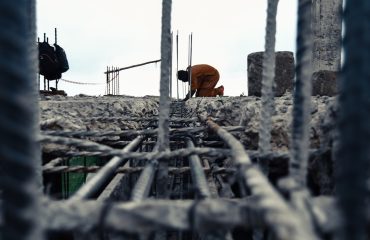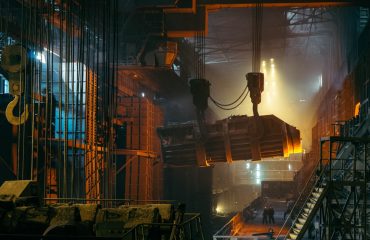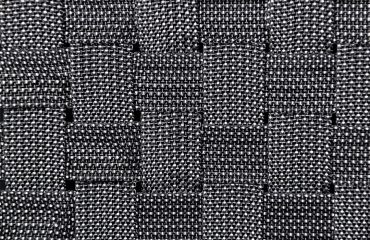body {
font-family: sans-serif;
line-height: 1.6;
}
h1, h2, h3 {
color: #333;
}
Material selection in construction is far more than just picking pretty things; it’s a critical decision-making process that impacts every aspect of a project, from its structural integrity and longevity to its environmental footprint and overall cost. This comprehensive guide will walk you through the key considerations to ensure you choose the right materials for your next construction endeavor.
1. Structural Performance: The Foundation of a Successful Build
The structural performance of a building is paramount. The chosen materials must be able to withstand anticipated loads, stresses, and environmental factors. This involves understanding the material’s compressive strength, tensile strength, flexural strength, and shear strength. For instance, concrete is excellent in compression but weaker in tension, necessitating the use of reinforcing steel (rebar). Steel, on the other hand, boasts high tensile strength, making it ideal for beams and columns. Understanding these properties is crucial for designing a safe and stable structure. Factors like seismic activity in the region, wind loads, and snow loads must also inform material selection to ensure the building can withstand these external forces. The specific application of the material also plays a role. A material suitable for a foundation might not be appropriate for a roof structure.
2. Durability and Longevity: Building for the Long Haul
Beyond initial strength, the durability and longevity of materials are crucial considerations. Materials should be resistant to degradation from weathering, moisture, pests, and chemical exposure. For example, choosing pressure-treated lumber for outdoor applications protects against rot and insect damage. Similarly, using corrosion-resistant stainless steel for exterior fixtures prevents rust and extends their lifespan. The expected lifespan of the building itself should guide material choices. A temporary structure will have different material requirements than a permanent building designed to last for centuries. Regular maintenance requirements should also be factored in; some materials require more upkeep than others, impacting long-term costs.
3. Cost-Effectiveness: Balancing Quality and Budget
Cost is always a significant factor in construction. While initial material costs are important, it’s crucial to consider the lifecycle cost. A cheaper material might require more frequent replacement or maintenance, ultimately proving more expensive in the long run. Factors such as material availability, transportation costs, and labor costs associated with installation should all be included in the overall cost assessment. Value engineering, a process of finding cost-effective alternatives without compromising quality, is a vital tool for optimizing material selection and budget management. This involves exploring different materials with similar performance characteristics to find the most economical option.
4. Sustainability and Environmental Impact: Building Green
The environmental impact of construction materials is increasingly important. Sustainable materials minimize environmental damage during extraction, manufacturing, transportation, and disposal. Consider using recycled materials, such as reclaimed wood or recycled steel, to reduce waste and conserve resources. Materials with low embodied carbon (the carbon emissions associated with the material’s entire lifecycle) are also crucial for reducing the building’s carbon footprint. Furthermore, consider the material’s recyclability and biodegradability at the end of its lifespan. Choosing sustainable materials contributes to a greener building and aligns with environmentally conscious construction practices.
5. Aesthetics and Design: Creating Visually Appealing Structures
While functionality is crucial, the aesthetic appeal of materials also plays a significant role. The chosen materials should complement the architectural design and create a visually pleasing structure. Factors like color, texture, and pattern can significantly impact the overall look and feel of the building. Material choices can also contribute to the building’s character and style, whether it’s a modern minimalist design or a traditional historic style. Considering the long-term visual impact of the materials ensures a building that is both functional and aesthetically pleasing for years to come. The interplay between different materials and their textures can add depth and visual interest to the design.
Careful consideration of these five interconnected factors – structural performance, durability, cost-effectiveness, sustainability, and aesthetics – is essential for successful material selection in construction. By making informed decisions, architects and builders can create structures that are safe, durable, cost-effective, environmentally responsible, and visually appealing.
SEO Tags:
- Material Selection Construction
- Construction Materials
- Sustainable Building Materials
- Structural Material Selection
- Cost-Effective Construction




